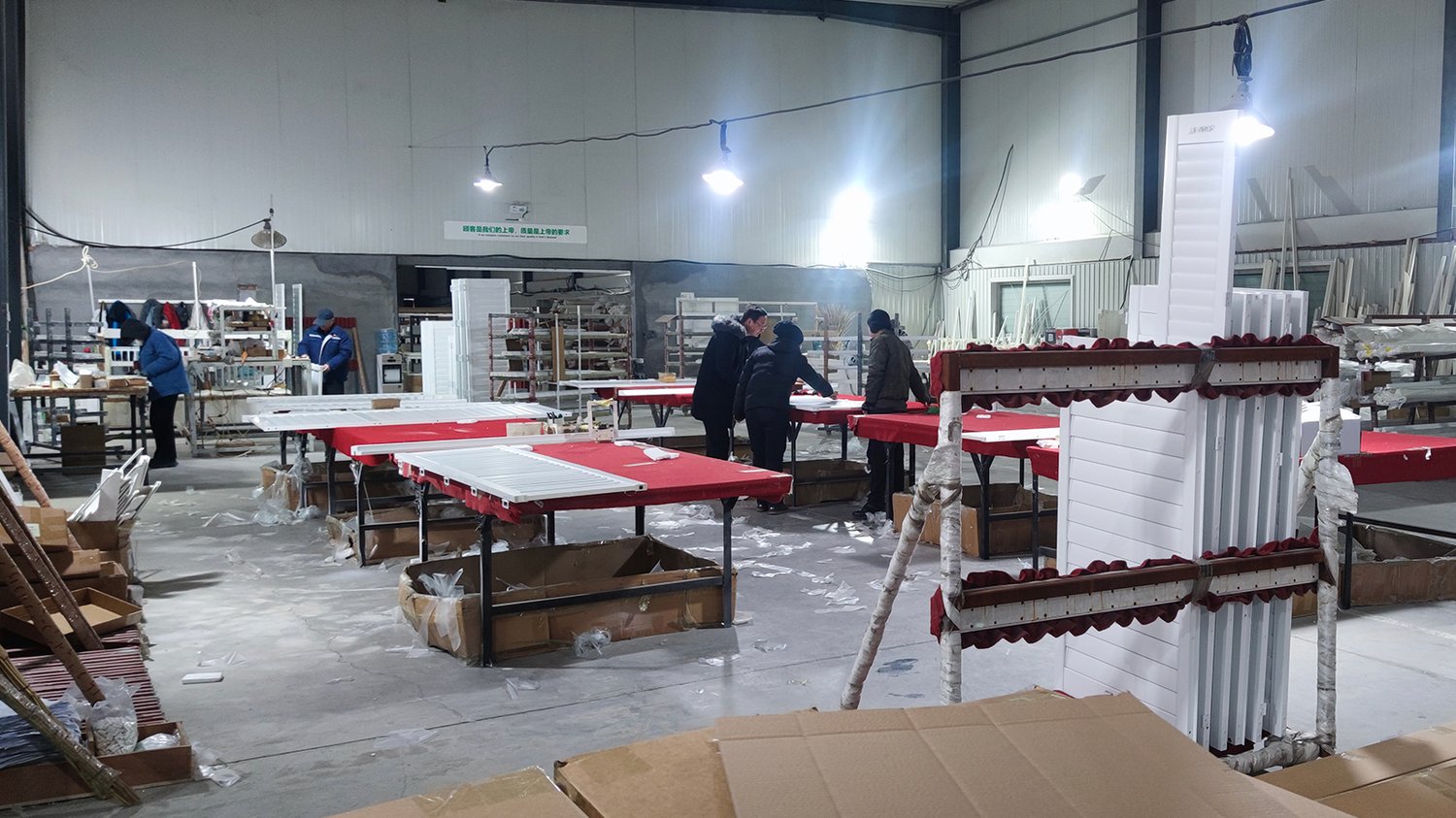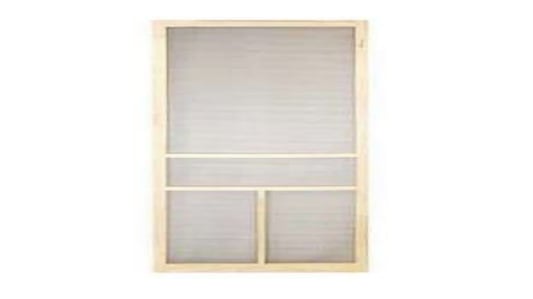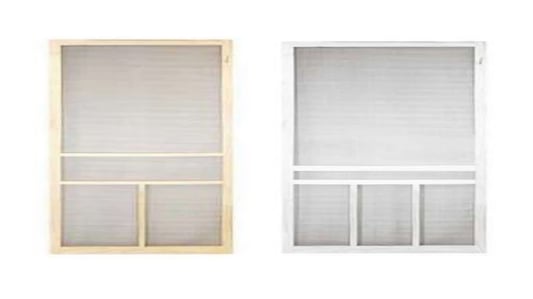Understanding divider rail designDivider rail design plays a crucial role in interior decoration, as it helps separate and define spaces within a room. This design element consists of horizontal bars that divide a larger area into smaller sections, adding visual interest and enhancing the overall aesthetic appeal of a room.Types of Divider Rail DesignsThere are various types of divider rail designs to choose from, including traditional wooden divider rails, metal divider rails, and glass divider rails. Each type offers a different look and feel, allowing you to customize your space to suit your individual style and preferences.Benefits of Divider Rail DesignDivider rail design not only enhances the visual appeal of a room but also offers practical benefits. It can help create a sense of division and organization in an open-concept space, while also providing privacy and flexibility in terms of furniture arrangement.Divider Rail Design in Office SpacesIn office spaces, divider rail design is often used to create individual workstations or cubicles, allowing employees to have their own designated areas for focus and productivity. This design element can also help reduce noise and distractions in a busy work environment.Divider Rail Design in Residential SpacesIn residential spaces, divider rail design can be used to separate different functional areas within a room, such as a living area and a dining area. This design feature can also be used to create a sense of intimacy and coziness in a large, open space.Incorporating Divider Rail Design in Modern InteriorsDivider rail design can be seamlessly integrated into modern interiors by choosing sleek and minimalist divider rail designs that complement the overall aesthetic of the space. By incorporating divider rails in strategic locations, you can create a sense of flow and continuity throughout the room.Customizing Divider Rail DesignOne of the key advantages of divider rail design is its customizable nature. You can choose from a wide range of materials, colors, and styles to create a divider rail design that perfectly matches your interior decor and personal taste. Whether you prefer a classic look or a more contemporary design, there are endless possibilities to explore.Divider Rail Design TrendsIn recent years, divider rail design has become increasingly popular in interior decoration, with designers and homeowners alike embracing this versatile design element. From intricate wooden divider rails to sleek metal designs, there is no shortage of innovative divider rail trends to inspire your next home or office project.Maximizing Space with Divider Rail DesignDivider rail design can help maximize space in a room by creating distinct zones for different activities or functions. By strategically placing divider rails, you can make the most of a small or awkwardly shaped space, while also adding a touch of elegance and sophistication to the overall design.Choosing the Right Divider Rail Design for Your SpaceWhen selecting a divider rail design for your space, consider factors such as the size and layout of the room, the existing decor style, and the functionality you wish to achieve. By carefully planning and selecting the right divider rail design, you can transform your space into a stylish and functional environment that reflects your unique personality and lifestyle.Quote Inquirycontact us










